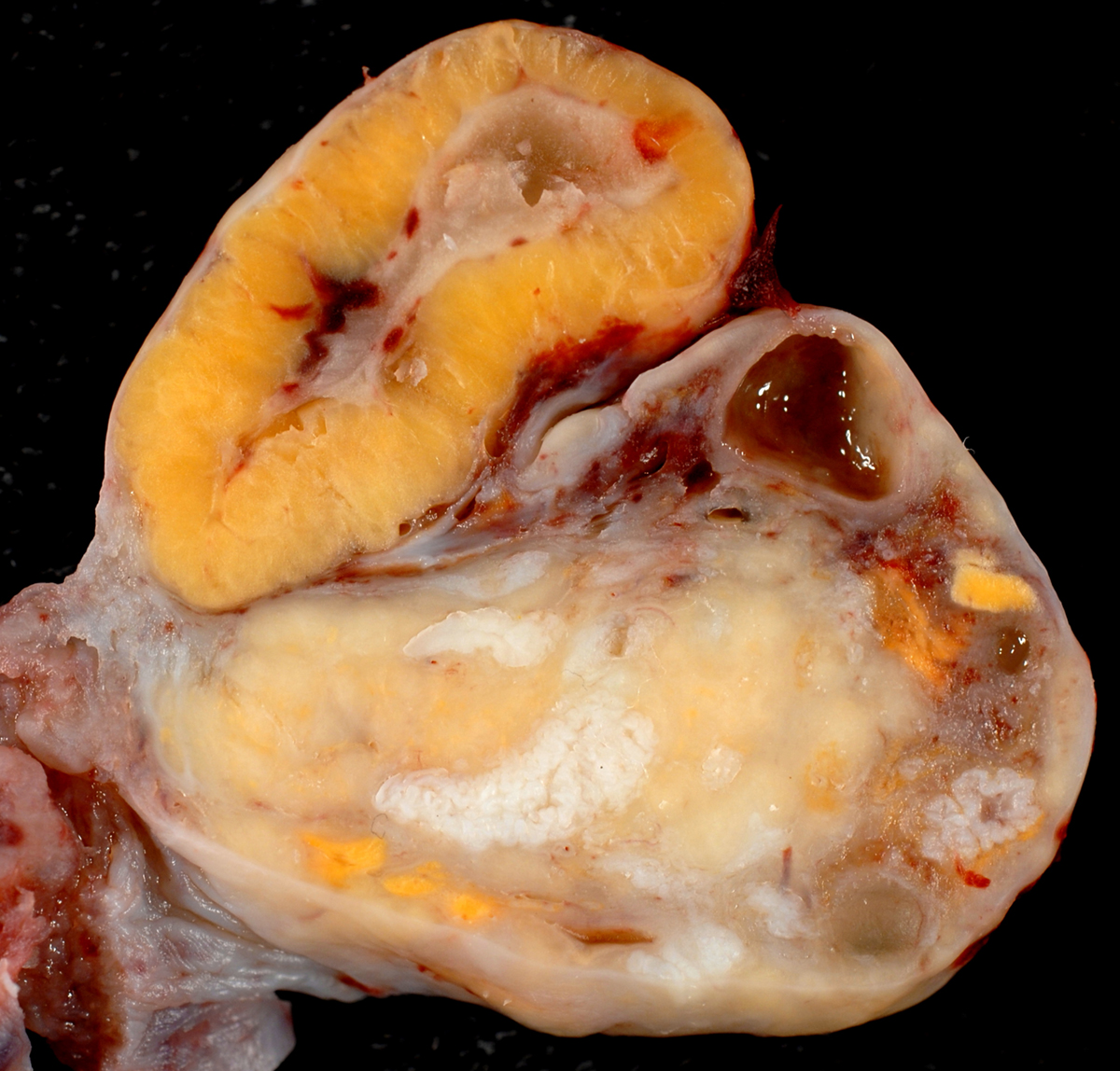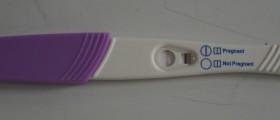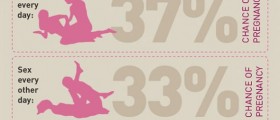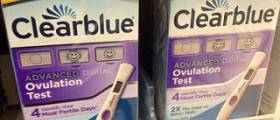
Many women are experiencing troubles while trying to conceive. Female infertility in a couple, relates to factors associated with the woman rather than a man. The age is the most important factor of female infertility, as the fertility starts declining after the age of 27. After the age of 35, fertility rates drop at even higher rate. In terms of ovarian reserve, or the capacity of the ovary to provide eggs, a typical woman has 12% of her reserve at age 30 and has only 3% at age 40. However, many other factors may also affect fertility. Besides age, generally considered factors are smoking, sexually transmitted infections, and being overweight or underweight. Sometimes, like in cases of luteal phase defect, female infertility is regulated by hormones.
What is luteal phase?
Luteal phase is the latter phase of the menstrual cycle, which begins with the formation of corpus luteum and ends either in pregnancy or luteolysis. Hormone progesterone is responsible for regulation of luteal phase. During the ovulation, a mature ovarian follicle ruptures and discharges an egg. The remaining parts of the dominant follicle transform into corpus luteum, which continues to grow and produce hormones, particularly progesterone. Progesterone is important in making the endometrium receptive to implantation of the blastocyst and supportive of the early pregnancy. Progesterone also manages women’s basal body temperature. If the woman gets pregnant, progesterone’s primary role will be to prevent menstruation.
Luteal phase defect
The standard duration of the human luteal phase is fourteen days. However, anything between ten and sixteen days is considered normal. If the luteal phase lasts less than twelve days, it can make it more difficult for woman to achieve pregnancy. This condition is known as luteal phase defect. Luteal phase defect can be characterized by luteal phase shorter than normal, progesterone levels during the luteal phase lower than normal, or both. Women who are affected by luteal phase defect are either unable to produce an adequate amount of progesterone for the duration of the luteal phase or the endometrium does not respond properly to the progesterone stimulation. As an effect, the endometrial lining is not sufficiently prepared for implantation.
Symptoms of luteal phase defect
For most women, there are no obvious symptoms of luteal phase defect. Women are typically becoming aware of this problem once they start trying to conceive. Women who are charting their basal body temperature will notice that their temperature doesn’t get elevated during the luteal phase. Some of them may find that their periods occur before the standard 14 days after ovulation. Luteal phase defect is treated simply by appropriate hormonal drugs.















Your thoughts on this
Loading...